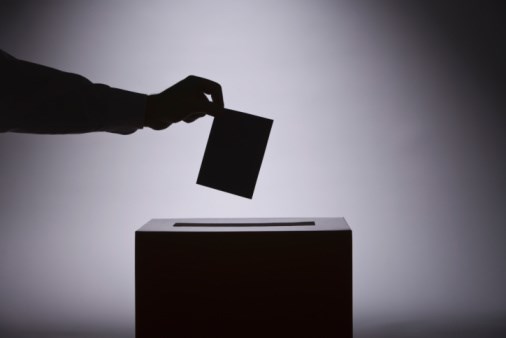The federal government wants to reform Canada’s electoral system, with a committee now investigating options. But so far, few have acknowledged that changing the way we elect our political representatives could have profound consequences on real policy.
Two of the five parties (NDP and Greens) on the committee are explicitly supportive of elections based on proportional representation. (The Liberals, at least according to their campaign platform, are open to the idea.)
Proportional representation is a system that elects members based on the proportion of votes each party receives. While no PR system is exactly proportional, the link between the vote-share and number of seats won is much closer than under our current system.
This means that smaller, sometimes even single-issue and regional, parties are more likely to be elected under a PR system. The proliferation of both the number of parties, and more importantly, the number of parties with seats in Parliament, makes it very difficult for a single party to achieve a governing majority.
This means that coalitions — not majority governments, which is the norm in Canada — are much more likely to govern PR countries. Research bears this out. Between 2000 and 2015, only 17 per cent of elections in PR countries resulted in a single-party majority, while single-party majorities occurred 85 per cent of the time in countries with election systems like Canada’s, which are referred to as majoritarian/plurality systems.
To form governing coalitions, the single large party must negotiate with smaller parties and often capitulate on key policy issues. Therefore, smaller parties can exert disproportionate power in government in countries with PR election systems.
This is a critical insight because it counters those who argue that PR provides everyone an equal vote. It doesn’t. It disproportionately empowers voters for small, even fringe parties at the expense of the majority of voters who tend to vote for one of a few main parties.
One result of these capitulations is that government spending in countries with PR elections is markedly higher than in other countries. In a recent study, we examined the average level of central government spending over a 15-year period, between the years 2000 and 2014, in advanced industrial countries. We found that countries with PR electoral systems had average central government spending of 29.2 per cent of the economy compared to 23.5 per cent for countries with majoritarian/plurality election rules.
In other words, as a share of the economy, central governments in countries with PR systems were almost one-quarter larger than those with majoritarian/plurality electoral systems.
Other academic studies have reached similar conclusions. For example, in their seminal book The Economic Effects of Constitutions, noted economists Torsten Persson and Guido Tabellini examined the impact of electoral rules on government spending in 85 countries. Their research found that spending was almost six per cent of GDP lower in countries with majoritarian/plurality systems than in countries with PR election rules.
Interestingly, the higher government spending in PR countries is financed to a greater extent with deficits (borrowing) than spending in other countries. Put differently, countries with PR election rules tend not only to spend more than other countries, but also tend to borrow more to finance such spending.
Reforming the way Canadians elect their political representatives is a serious matter, and all costs and benefits must be weighed. Any analysis of potential electoral reform in Canada should note how public policies will be affected. The tendency of PR electoral systems to elect coalition governments drives up government spending and deficits — not because voters necessarily want such policies, but because the power structure of the parliament has been realigned by changing the way politicians are elected.
At a time when spending and deficits are already on the rise across Canada, the fiscal consequences of electoral reform should not be taken lightly.
Jason Clemens and Taylor Jackson are coauthors of the report Electoral Rules and Fiscal Policy Outcomes available at fraserinstitute.org.



